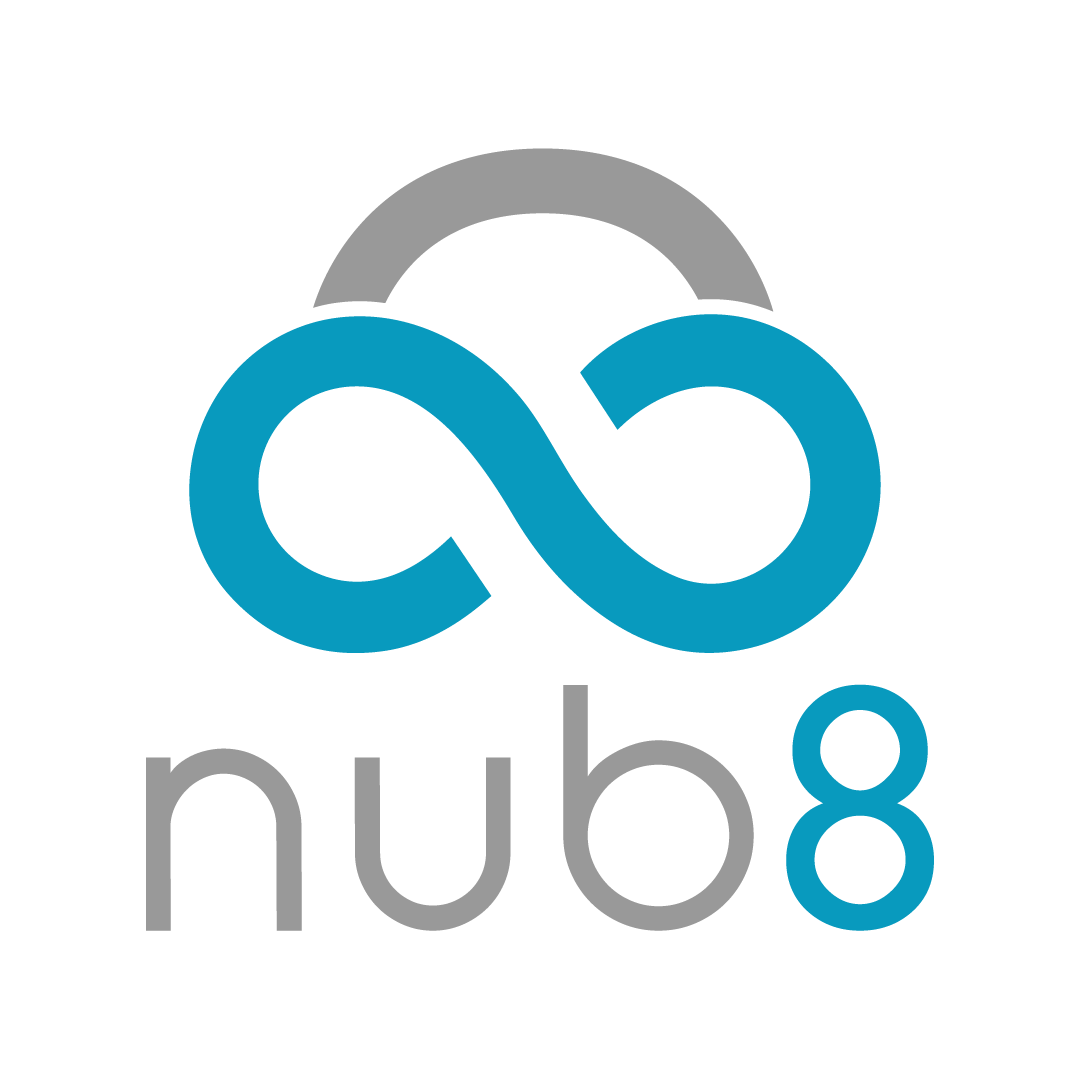In machine learning, statistical learning techniques are used to automatically identify patterns in data and to make highly accurate predictions. Artificial intelligence, especially Machine Learning will outline our future more strongly than any other revolution this century. Anyone who does not realize it will soon find themselves feeling left behind, waking up in a world full of technology that feels more like a magic. Machine learning is a subset of artificial intelligence. Machine learning goal is to enable computers to learn on their own. A machine’s learning algorithm empowers it to recognize patterns in observed data, build models that describe the world, and predict things without having clear pre-programmed rules and models.
Types of learning algorithms
1. Supervised learning
The elementary idea for the supervised learning is, your data offers the samples of situations and for each examples it specifies an outcome. Then the machine will use the training data to build the model which can forecast the outcome of the new data based on the past samples.
Supervised learning classified into two categories of algorithms:
• Classification: A classification problem is when the output variable is a grouping, such as “Los Anglos” or “Seattle” or “sick” and “no sick”.
• Regression: A regression problem is when the output variable is a real value, such as “temperature” or “height”.
2. Unsupervised Learning
Unsupervised learning is the training of machine using data that is neither classified nor labeled and allowing the algorithm to act on that information without direction. Here the task of machine is to group unsorted information according to resemblances, patterns and variances without any prior training of data.
Unsupervised learning classified into two categories of algorithms:
• Clustering: A clustering problem is where you want to discover the inherent groupings in the data, such as grouping clients by sales pattern.
• Association: An association rule learning problem is where you want to study rules that define large portions of your data, such as clients that buy Y product also tend to purchase Z product.
3. Semi-Supervised Learning
The main drawback of any Supervised Learning algorithm is that the data has to be hand-labeled either by a Machine Learning Engineer or a Data Scientist. This is a very pricey procedure, particularly when dealing with huge sizes of data. The main drawback of any Unsupervised Learning is that it’s application spectrum is partial.
To solve these drawbacks, the concept of Semi-Supervised Learning was presented. In this kind of learning, the procedure is trained upon a mixture of labeled and unlabeled data. Typically, this mixture will comprise a very small quantity of labeled data and a very large quantity of unlabeled data. The elementary procedure involved is that first, the developer will cluster similar dataset using an unsupervised learning algorithm and then use the existing labeled dataset to label the rest of the unlabeled data
Nub8 is a machine learning consulting firm, offering custom expert-level solutions for complex data problems. We transform top organizations with data science, machine learning, and artificial intelligence. Nub8 offer services of Machine Learning via Azure and AWS Machine Learning platforms.
